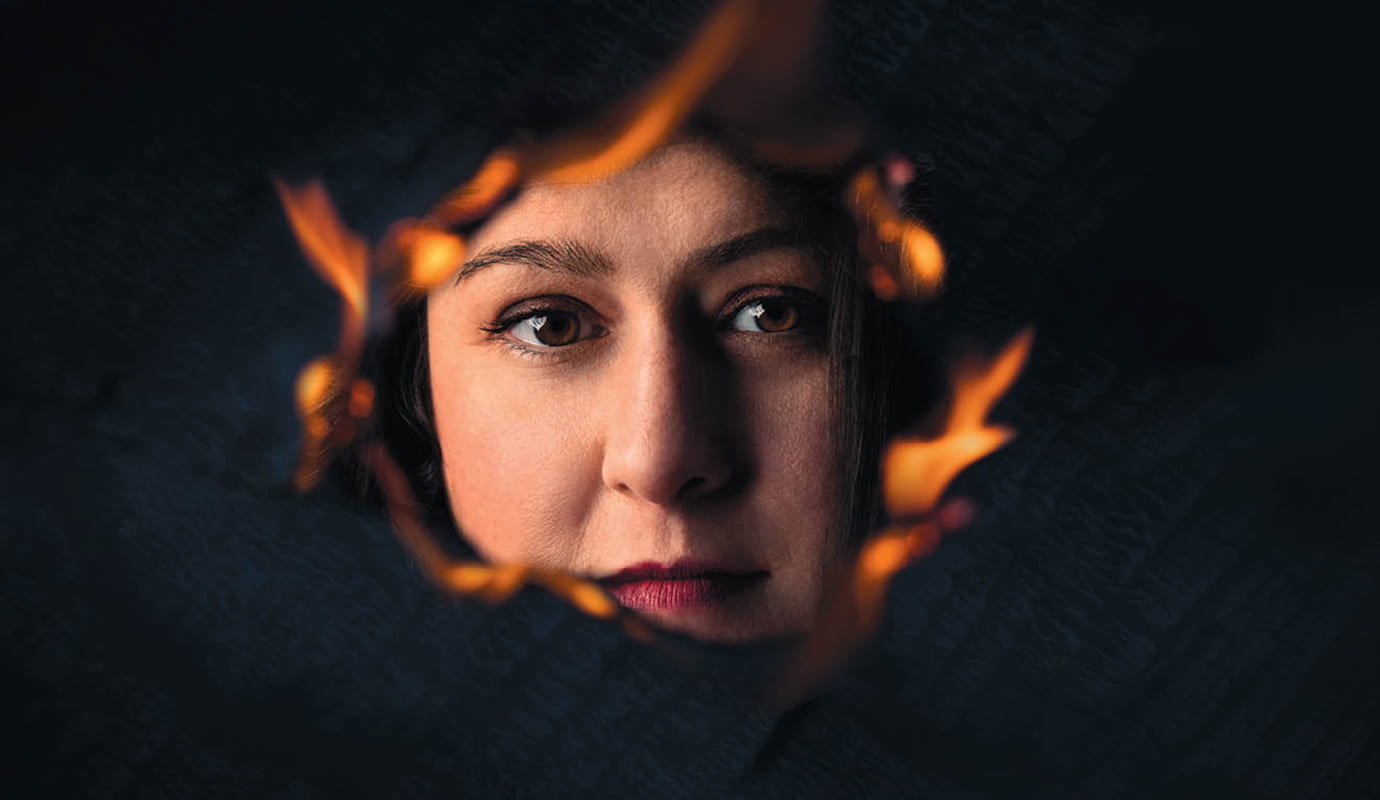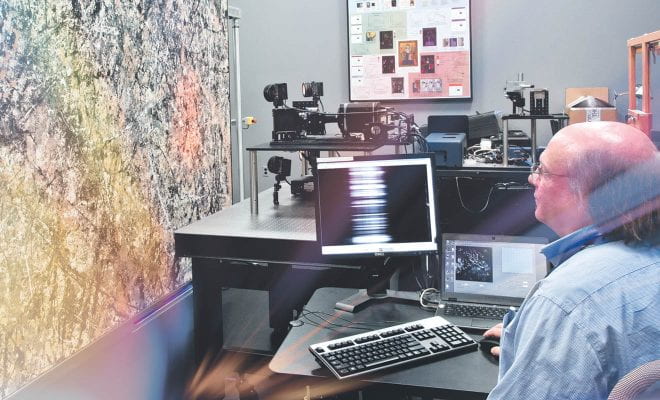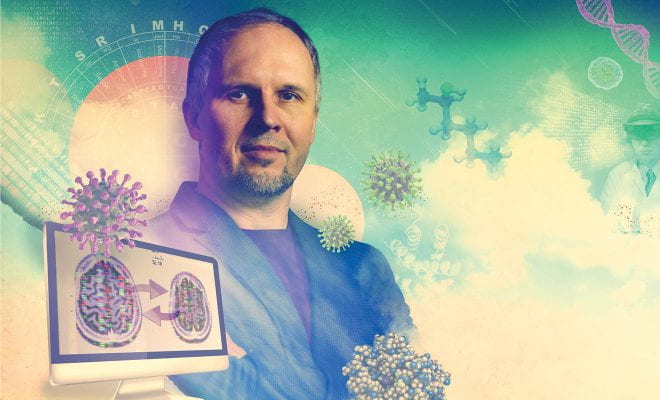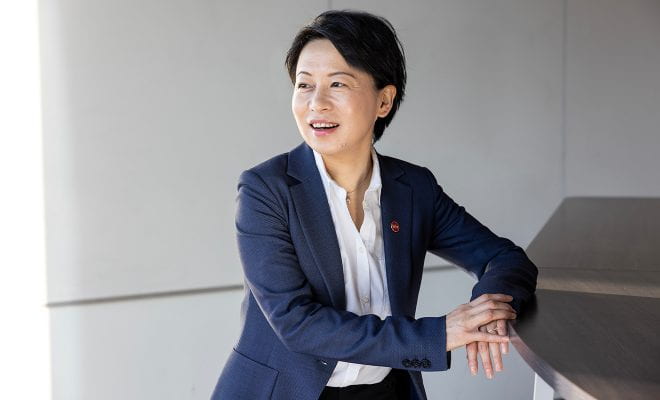The experience in Cape Town stuck with her throughout her work on the Grenfell Tower investigation, where many of the same issues—poverty, inequity, inadequate regulations—were a factor. In early 2020, Antonellis was about to leave London and move home to the Boston area, where she thought she would continue working her career with Arup. But the idea of fire equity had begun to consume her.
Just after midnight on June 14, 2017, Behailu Kebede, a 44-year-old Ethiopian-born Uber driver who lived on the fourth floor of a London public housing complex known as Grenfell Tower, woke to the sound of a smoke alarm and discovered that his refrigerator was on fire. Firefighters responded to his call within minutes, but they were unable to control the conflagration before it spread up the sides of the 220-foot high-rise, engulfing it in flames and trapping residents of the upper stories. Seventy-two people, nearly all working-class immigrants, were killed.
“It was terrible … terrible,” says Danielle Antonellis ’12, MS ’13, then a fire safety engineer with international design firm Arup. In the aftermath of the disaster, Antonellis moved to London to support an Arup director who was serving as an expert witness in the investigation. The inquiry offered a sobering lesson in the all-too-real applications of her WPI coursework—as well as in how an engineer’s focus on problem-solving can serve as a sort of psychological firebreak against becoming overwhelmed by tragedy.
“We heard from the police officer in charge of the scene that there had been people coming into the building for a while for different forensics work,” Antonellis says. “And usually when they came up to a floor where everything was charred and very catastrophic-looking, everyone froze in the middle of the floor before they could get their wits about them to start doing their work. But when he brought up our group of fire engineers, he noticed we were able to focus on the technical side so much more quickly. I think the science protects you a little bit.”
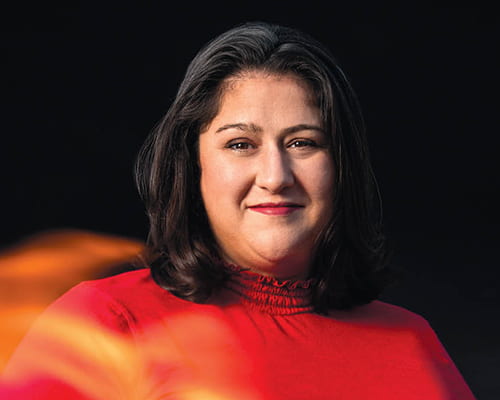
Danielle Antonellis
For Antonellis, however, fire safety is about more than the technical side. It’s about people’s right to be and feel safe in their homes and communities, regardless of who they are and how much money they have. Three years ago, that passion led her to give up a promising corporate career and found her own nonprofit, Kindling, which is working to bring fire safety to vulnerable communities around the world—whether residents of a tent city on the streets of Los Angeles, children going to school in Mumbai or Rio de Janeiro, or striving immigrants like the people who perished in Grenfell Tower.
“Most middle class Americans have safe housing and access to reliable energy sources,” Antonellis says. “But there are so many people in the U.S. and around the world for whom fire is a very real, everyday risk. Right now fire safety is a privilege. It should be a human right.”
A Sociotechnical Issue
By the time she visited the charred remains of Grenfell Tower, Antonellis had been interested in fire as a “sociotechnical” issue for several years. In 2015, she had begun working with a research team at Arup that was studying informal settlements around the world. These communities, which include shantytowns, favelas, and tent encampments, are not governed by health codes or land use regulations. Housing is makeshift, crowded, poorly constructed, and often highly flammable. Meanwhile, residents may not have access to utilities such as water, sewage, or electricity, or to public safety services, such as police and fire departments.
“The Arup International Development team came to the fire engineers and said, ‘There’s a huge problem with fire in these settings,’” Antonellis recalls. “It kept coming up, but no one really knew what to do about it.”
As Antonellis began to study the problem, she came to understand that fire safety is much more than an engineering problem; in the real world, there are social, political, and economic drivers that determine a community’s risk. She knew she would have to work to see the problem from different perspectives. So, in 2017, she traveled with Arup colleagues to Cape Town, South Africa, where the team got a chance to see informal settlements firsthand and talk about fire with people who work and live there.
“It was a really formative experience,” she says. “We did almost 30 interviews with groups, including fire services, various nonprofit organizations, different parts of the government, and academic institutions. We visited five informal settlements, and in one of them we were able to join a community leadership meeting. We ended up getting to understand the issue through the lens of all these different actors that had some influence on the issue—positively or negatively—or might be in a good position to do something about it. We were bringing an engineering and technical lens to the problem, but they had been living with it, day in and day out.”
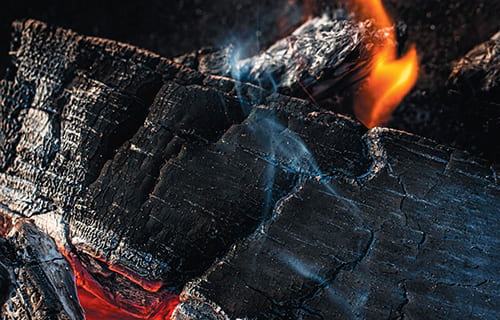
“That was a natural reflective point, when I asked myself, ‘What do I want to really focus on?’” she remembers. “I realized that for a private organization, no matter how committed to an issue they might be, there are real limitations for how far things can be pushed when you have a bottom line. At Arup, I had the support to focus on this, but I realized that the speed and scale of the work I wanted to do was just going to outpace what was possible in that position. I needed to find another way.”
The idea that she could start her own nonprofit came from Antonellis’s father, who knew how passionate she was about the issue. At first, the idea seemed too wild to the young engineer, who was less than a decade out of college and knew little about nonprofit management.
“I always thought I might start a business or something, but I thought I’d be in my 50s!” she says. “But I realized that even if I went around to all the different fire safety organizations or humanitarian organizations and tried to convince them this is important, no one was going to take a leap of faith at this stage and dedicate huge amounts of resources to it. It was just not a well-understood issue. So that’s what finally led me to make the decision: I knew someone had to do it, and no one else would.”
Antonellis started Kindling in her parents’ basement just as the COVID-19 pandemic began. Less than three years later, the organization consists of a core team of six and a network of board members, partners, and advisors with expertise in such varied topics as refugee camp design, wildfires, disaster risk reduction, and public education.
We have engineers working with anthropologists and sociologists and educators, and we constantly challenge each other to think differently.
“It’s a very interdisciplinary team,” Antonellis enthuses. “We have engineers working with anthropologists and sociologists and educators, and we constantly challenge each other to think differently.”
Much of Kindling’s day-to-day work involves raising awareness in industry and academia, where fire safety equity has long been overlooked. Antonellis and her colleagues also research fire risk and safety in communities around the world, including as part of an ongoing project to compare informal settlements in Cape Town and in Dhaka, Bangladesh. Although during the pandemic most of Kindling’s work had to be remote, the organization recently secured funding to send a research team to study these communities in person, and to work with local governments and other stakeholders.
“We’ve laid the groundwork for Kindling, which I’m really proud of,” she says. “Now we’re getting to a place where we’re designing programs to educate and support risk reduction in actual communities.”
An Early Exposure to Communities in Need
Antonellis has plenty of experience with the technical aspects of fire safety engineering, and a strong underpinning to the theory behind her conviction that fire safety is a human right. But her experience working with communities in need began during her time at WPI, when she served as president of the campus chapter of Habitat for Humanity.
“She was the heart and soul of that organization,” says Caitlin Kelley ’12, Antonellis’s close friend and field hockey teammate. “She had always been passionate about trying to help people who may not have the same level of safety that we have in Massachusetts, and she got a ton of people to share her passion—she got all of us really excited, and we were happy to do a ton of work!”
During Antonellis’s tenure, the chapter focused on recovery efforts in the New Orleans Lower Ninth Ward, which had been devastated by Hurricane Katrina in 2005. She led an effort to raise over $11,000 and organized trips to help restore a community center and a nearby farm that served as a place for city kids to escape to for fresh air. Kelley remembers being impressed not only by her friend’s dedication, but by her management ability.
“It’s not easy to be a college kid yourself and wrangle 40 college kids down in New Orleans,” Kelley says.
Tahar El-Korchi, a professor in WPI’s Civil, Environmental, & Architectural Engineering Department, also remembers Antonellis as a role model for her peers who was “full of energy. She treated everybody with respect, and she really was a joy to be around because she was always positive,” he says. In an era when faculty and students are thinking more and more about engineers’ social responsibility, he believes that alumni like Antonellis can also serve as models for current students, demonstrating a nontraditional career path that could let them use their technical skills to make a difference.
“She has an impressive social consciousness, and she is actually acting on it,” he says. “A lot of people say that they’re socially conscious, and we may have the values, but then we all have other constraints that may prevent us from living them. It really is amazing and heartwarming to see how she acts on it.”
She has an impressive social consciousness, and she is actually acting on it.
El-Korchi made an impression on Antonellis as well. A native of Morocco and the director of WPI’s Morocco Project Center in Rabat, he inspired her to visit the North African country after graduation. It was her first visit to the continent, and that trip, along with an IQP at the Denmark Project Center (where she studied landfill management) instilled in her a love of travel that would not only help inspire her work, but serve as a balm for the emotional turmoil that it can stir up.
“I just love to explore new places, try different foods, and understand different cultures,” Antonellis says. “I like to go somewhere and just take it easy and try to see what locals do, rather than jumping into all the tourist stuff right away.”
She and her team are also open with each other about the psychological impact that their work can have—the knowledge that progress is incremental, and that solving the problem of fire equity means understanding risk and tragedy in a way that the average middle-class American never has to consider.
“I don’t try to shut myself off to the emotional side,” she says. “I think it’s important to try to process what’s happening, and there is hope when you’re in a role where you’re trying to make something better. You’re trying to learn from the bad things.”
It also helps her keep her eyes on the long-term goal of a world where fire safety is a right that everyone can count on, no matter who they are or where they live.
“I want Kindling to be copied as much as possible,” Antonellis says. “What we’re really trying to do is show that things can be done, and to create methodologies and case studies that not only demonstrate that it’s possible to reduce risk, but capture the stories of how communities can implement change themselves. I hope that in 10 years we will have figured out what works and what doesn’t, and we can be a resource center of open-source information so that others start doing this work completely independently of us. That way, if an organization or institution or even a local community has an opportunity to do something about fire safety, they can learn from others—they don’t have to start from scratch.”



